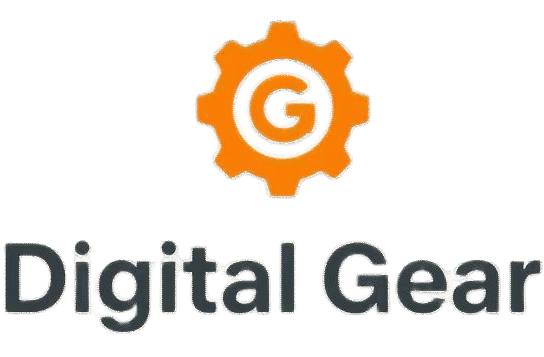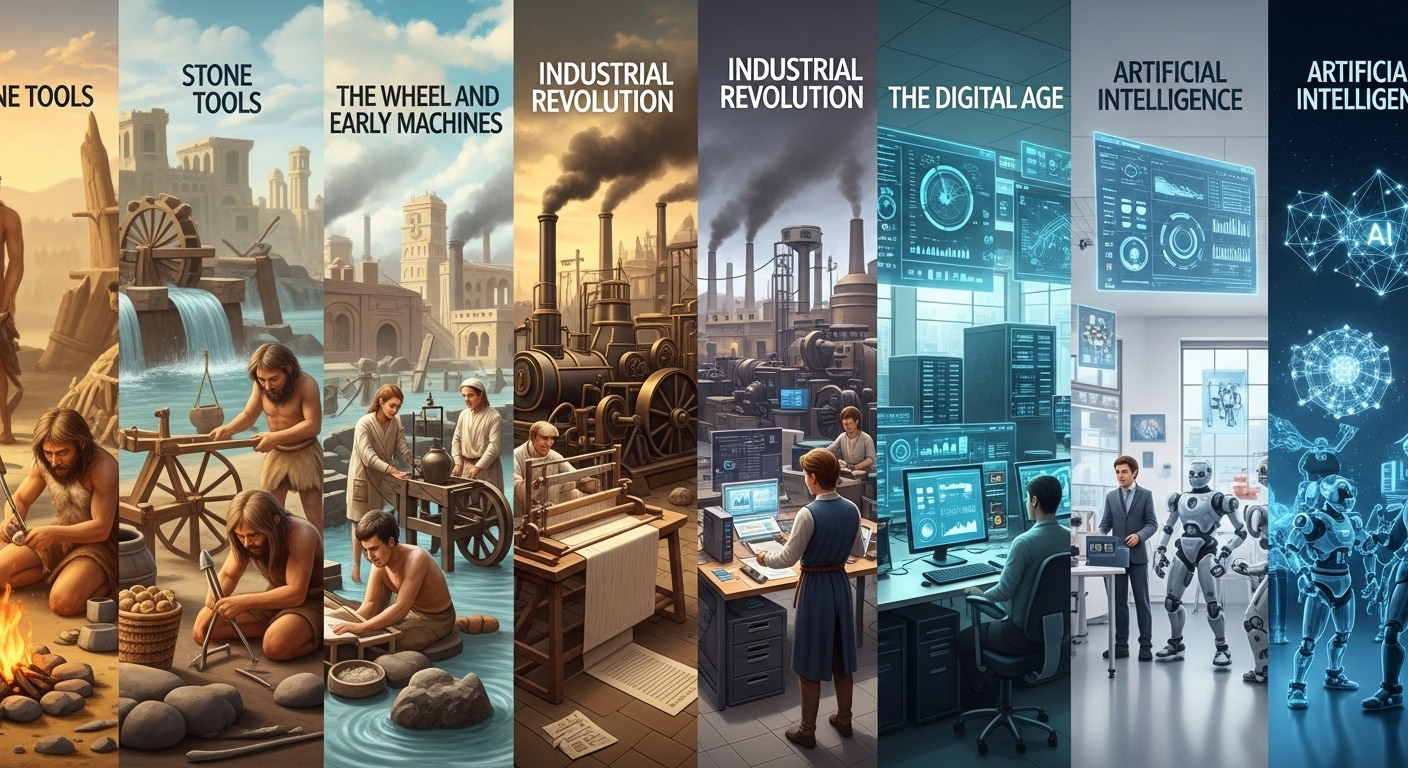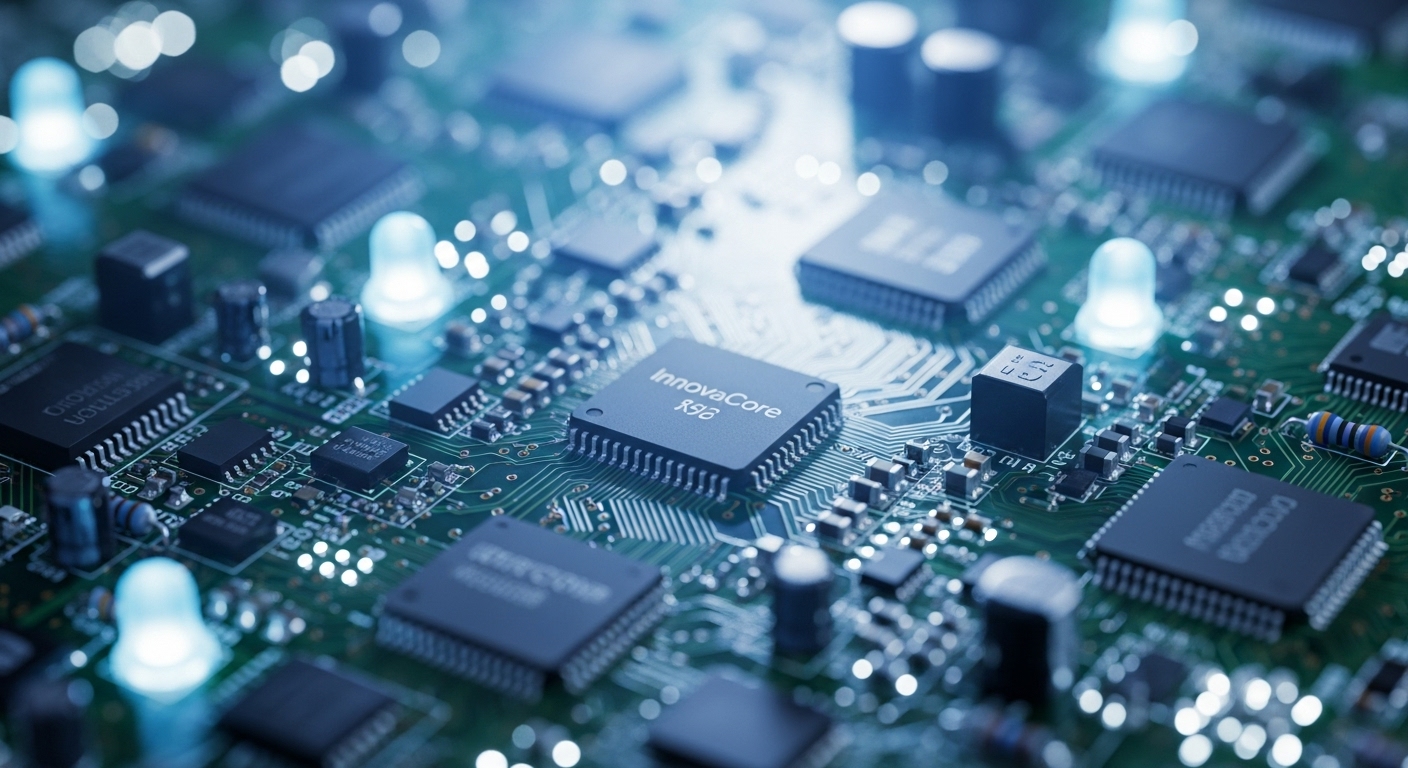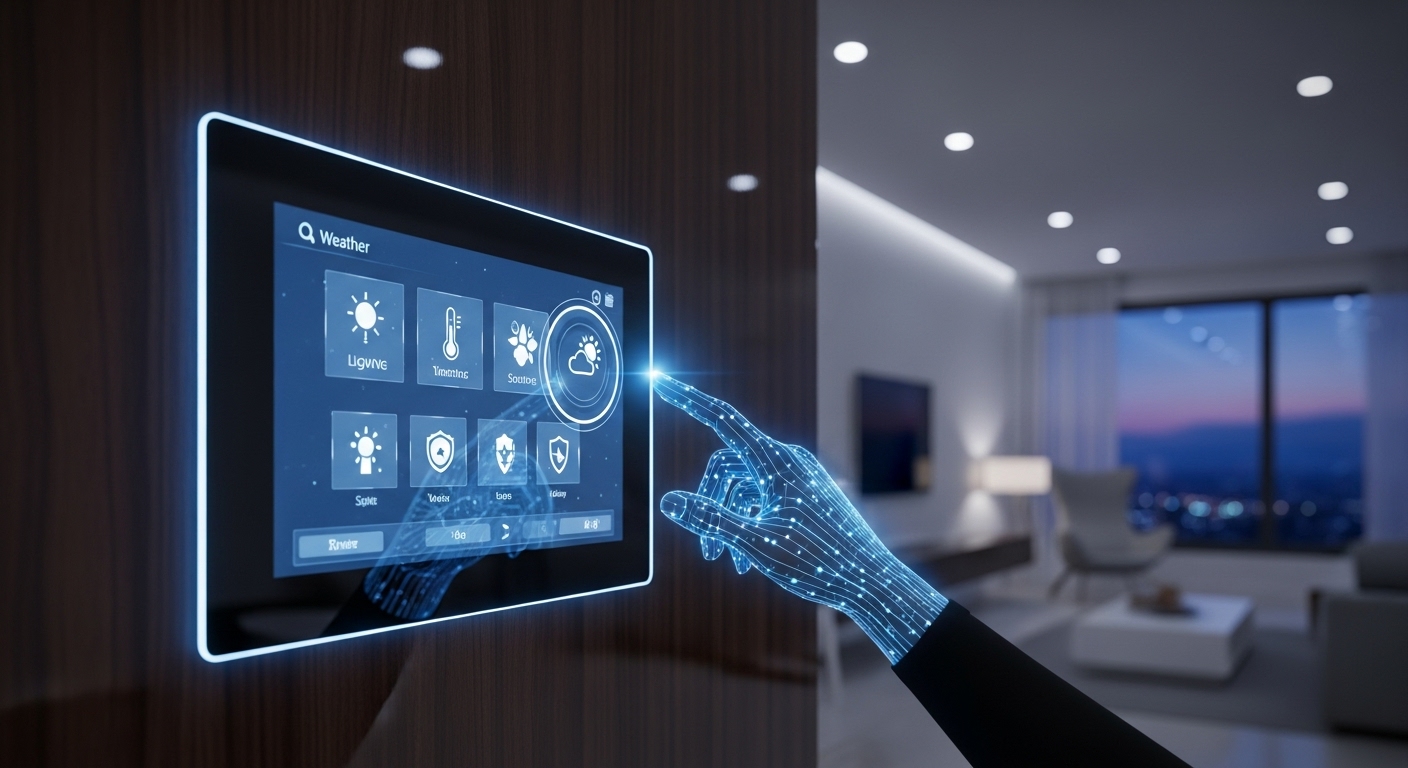Technology is the beating heart of human civilization. From the first spark of fire to the latest artificial intelligence systems, technology has continuously shaped who we are, how we live, and what we believe is possible. Every generation believes it lives in the most advanced age—and in a sense, that’s always true. Humanity has never stopped inventing, improving, and redefining its relationship with tools and innovation.
In this blog, we will take a journey through the vast landscape of technological evolution—from primitive stone tools to the digital revolution, and beyond into a future governed by artificial intelligence, quantum computing, and biotechnology.
The Dawn of Technology: Stone Tools and Fire
Technology did not begin with computers or electricity. It began millions of years ago, when our ancestors picked up stones and shaped them into tools. These early implements marked the first time humans used materials not for survival instinctively, but through deliberate invention.
Stone tools allowed early humans to cut, hunt, and defend themselves more efficiently. The simple act of striking two rocks together to create a sharper edge represented one of humanity’s first innovations. Over time, these tools became more sophisticated, evolving into axes, knives, and arrowheads.
Fire was another monumental breakthrough. Beyond providing warmth and light, fire enabled cooking, which changed human biology and society forever. Cooked food required less energy to digest, freeing more energy for brain growth—a turning point in human evolution. Fire also provided protection and the ability to live in colder climates, allowing humans to expand across continents.
The Agricultural Revolution: A Technological Turning Point
Around 10,000 BCE, humans began to transition from hunter-gatherer societies to settled farming communities. This shift, often called the Agricultural Revolution, was one of the most significant technological transitions in history.
The development of irrigation, domestication of animals, and the invention of the plow revolutionized food production. No longer dependent solely on nature’s whims, humans learned to control their environment. This led to food surplus, population growth, and eventually, the rise of cities and civilizations.
This era also saw the invention of the wheel and the written word—two technologies that completely transformed human communication and transportation. The wheel allowed the movement of goods and people with unprecedented efficiency, while writing enabled the recording of knowledge across generations, giving rise to history, law, and organized governance.
The Age of Metal: Bronze, Iron, and Innovation
As humans experimented with materials, the discovery of metals marked another technological milestone. The Bronze Age introduced alloys, tools, and weapons far stronger than stone. Later, the Iron Age pushed humanity even further by creating tools durable enough to clear forests, build cities, and wage war on a larger scale.
Metalworking was not just about better weapons—it also laid the foundation for craftsmanship, engineering, and early forms of industry. Architecture advanced, trade networks expanded, and empires grew, sustained by the tools of innovation.
The Industrial Revolution: Machines Reshape the World
Fast forward to the 18th century, when steam power and mechanization triggered the Industrial Revolution. This era changed the course of human history like never before. For the first time, humans could harness mechanical energy to do work previously done by muscle, wind, or water.
Factories emerged, mass production began, and urbanization accelerated. The textile industry boomed, railroads connected continents, and steamships crossed oceans. The Industrial Revolution not only transformed economies—it reshaped society.
People moved from rural farms to cities in search of work, and new social classes formed. The factory system introduced the concept of organized labor and eventually inspired labor rights movements. The pace of innovation accelerated, with inventions like the telegraph, telephone, and light bulb changing how humans communicated and lived.
The Age of Electricity and Communication
The late 19th and early 20th centuries were marked by the mastery of electricity. Thomas Edison’s electric light bulb, Nikola Tesla’s alternating current, and Alexander Graham Bell’s telephone laid the groundwork for the modern technological age.
Electricity transformed homes, workplaces, and cities. It powered machines, illuminated streets, and fueled innovation in every field. Communication became instantaneous with the telegraph and telephone, shrinking the perceived size of the world.
This era also saw the birth of radio and television—technologies that changed entertainment, politics, and culture. Information could now travel at the speed of light, shaping public opinion and connecting people globally.
The Digital Revolution: The Birth of Computers
The mid-20th century introduced perhaps the most transformative invention in modern history: the computer. What began as massive, room-sized machines used for calculations evolved into personal computers that would one day sit on every desk.
The invention of the transistor in 1947, followed by the integrated circuit and the microprocessor, made computers smaller, faster, and more affordable. By the 1980s, personal computers had become household items, empowering individuals to perform tasks once limited to large institutions.
The digital revolution didn’t stop there. The development of software, programming languages, and operating systems created an entirely new ecosystem. Computers became creative tools, capable of designing, simulating, and managing complex systems.
The rise of the internet in the 1990s took this revolution global. Suddenly, information was no longer bound by geography. Email replaced letters, websites replaced libraries, and online commerce changed how business was conducted. Humanity entered the Information Age.
The Internet Era: A Connected World
The internet fundamentally redefined how humans interact, learn, and work. It turned the world into a single, interconnected network, breaking barriers of distance and culture.
Social media platforms emerged, allowing individuals to share their thoughts, art, and experiences with the world. E-commerce created new industries and transformed retail. Search engines organized the vast ocean of information into accessible knowledge.
However, the internet also brought new challenges. Issues of privacy, misinformation, and digital addiction began to surface. The same technology that connected people also gave rise to cybercrime and digital surveillance. The world discovered that connectivity came with both power and responsibility.
The Mobile Revolution: Technology in Our Pockets
If the internet connected the world, smartphones made it portable. The introduction of the smartphone in the early 21st century changed everything—from how people communicate to how they think.
Smartphones combined computing, communication, photography, and entertainment into a single device. They became personal assistants, translators, and encyclopedias. Mobile apps transformed industries such as transportation, banking, education, and healthcare.
With mobile technology, the world became “always online.” Instant messaging replaced traditional calls, and social media turned into a dominant cultural force. At the same time, mobile dependency sparked new discussions about attention spans, mental health, and the digital divide.
The Rise of Artificial Intelligence
In recent decades, artificial intelligence (AI) has emerged as the next great technological frontier. What was once science fiction is now an everyday reality. AI powers voice assistants, recommendation systems, and self-driving cars. It diagnoses diseases, translates languages, and even creates art.
Machine learning and deep neural networks have enabled computers to process data in ways that mimic human cognition. AI systems can recognize patterns, make predictions, and learn from experience. This has opened new possibilities in fields like medicine, finance, education, and logistics.
Yet, AI also raises profound ethical and philosophical questions. What happens when machines become capable of making decisions independently? How do we ensure fairness, transparency, and accountability in algorithms? The balance between innovation and ethics will define the future of AI.
Cloud Computing and the Power of Data
Alongside AI, cloud computing has become a backbone of modern technology. It allows individuals and organizations to store and process data remotely, enabling global collaboration and scalability.
Instead of relying on physical hardware, companies now operate on virtual platforms, reducing costs and increasing flexibility. Cloud technology powers streaming services, remote work, and global software applications.
Data has become the new oil of the digital economy. Every click, search, and purchase generates information that can be analyzed for insights. Businesses use data analytics to understand customers, governments use it for policy decisions, and scientists use it for research.
However, the data-driven world also raises privacy concerns. Who owns the data? How is it used? As technology evolves, society must create frameworks to ensure data protection and digital rights.
The Era of Automation and Robotics
Automation has been a constant theme in technological progress, but in the 21st century, it has reached new heights. From factory robots assembling cars to robotic surgeons performing delicate procedures, machines are now capable of tasks once considered purely human.
Automation increases efficiency and precision but also challenges traditional job structures. Many fear that robots and algorithms could replace human labor on a massive scale. The truth is more nuanced—technology often transforms jobs rather than eliminates them, creating new roles that require creativity, problem-solving, and technical literacy.
Robotics is also entering personal spaces. From vacuum cleaners to home assistants, robots are becoming part of everyday life. In industries like agriculture, logistics, and defense, robotics plays an essential role in optimizing productivity and safety.
The Future: Quantum Computing, Biotechnology, and Beyond
As we look toward the future, several emerging technologies promise to redefine reality once again.
Quantum computing aims to perform calculations exponentially faster than classical computers. It could revolutionize cryptography, materials science, and medicine. While still in early stages, its potential is vast—unlocking problems that current computers could never solve.
Biotechnology is merging biology and technology to reshape medicine, agriculture, and even human evolution. Gene editing tools like CRISPR enable scientists to modify DNA, potentially curing genetic diseases and enhancing human capabilities.
Space technology is also advancing rapidly. Private companies and governments alike are pushing for lunar bases, Mars missions, and satellite constellations that could provide internet to every corner of the Earth.
The metaverse, a concept of a shared virtual world, hints at a future where digital and physical realities blend seamlessly. Combined with advances in augmented and virtual reality, humans may soon live, work, and play in immersive digital spaces.
Ethical and Environmental Challenges
While technology drives progress, it also brings responsibility. Ethical dilemmas have become increasingly complex in the digital age.
Data privacy, AI bias, surveillance, and misinformation threaten personal freedom and social trust. As machines become more autonomous, society must decide how much control humans should retain. The question is not only what technology can do, but what it should do.
Environmental impact is another critical concern. E-waste, energy consumption, and the carbon footprint of data centers highlight the need for sustainable technology. Innovations in green energy, recycling, and eco-friendly materials are essential to ensure that progress does not come at the cost of the planet.
Humanity and Technology: A Symbiotic Relationship
Technology is not separate from humanity—it is an extension of it. Each invention reflects human creativity, curiosity, and the desire to overcome limitations. From the wheel to the web, technology has been humanity’s constant companion, evolving alongside us.
The relationship is symbiotic. As we build smarter machines, they, in turn, reshape how we think, learn, and interact. The challenge for the future is not to slow innovation, but to guide it wisely—to ensure that technology remains a tool for empowerment, not domination.
Conclusion: The Next Chapter of Human Innovation
The story of technology is far from over. In fact, it’s accelerating faster than ever. The tools we create today—AI, quantum computers, renewable energy systems—will define the next era of civilization.
If history teaches us anything, it’s that every technological leap brings both promise and peril. The printing press empowered knowledge but also spread propaganda. The internet connected the world but created new divides. Artificial intelligence could cure diseases—or amplify inequalities.
Ultimately, technology mirrors humanity itself: capable of creation and destruction, wisdom and folly. The future will depend not only on what we invent, but on how we choose to use it.
As we step into the next century of innovation, one truth remains timeless—technology will continue to evolve, but so must our understanding, ethics, and compassion. The tools may change, but the spirit of invention will always be at the heart of what it means to be human.




